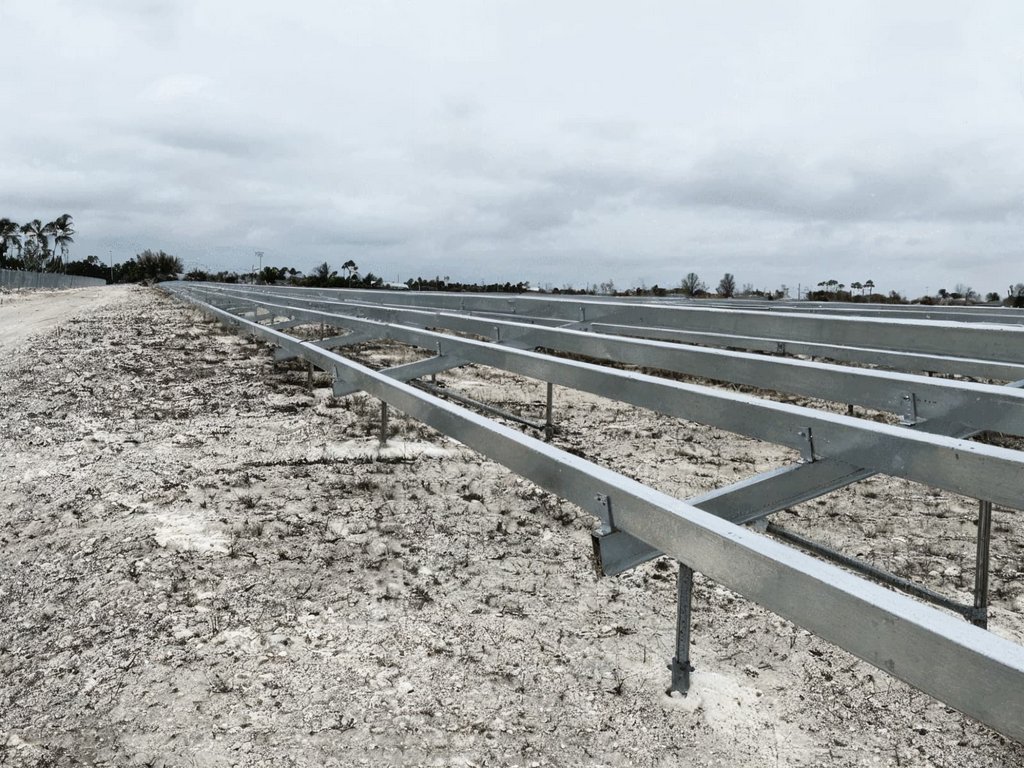Solar trends: Developers discuss the market segment ups and downs

Trends in solar development can fall along project niche, market segment or geography. Keeping tabs on these developments are a key factor in project planning and implementation.
Solar Builder recently polled several industry experts to understand how markets trends are impacting their business, as well as other permitting concerns. Here’s what they had to say:
What solar project niche/segment/geography do you see trending up in the next 12 months? Why?

David Carpenter, VP of Development &Chief Legal Officer, Green Lantern Solar: “I see rooftops continuing to gain traction as local anti-solar ordinances continue to proliferate, and if costs of materials decrease, this will be a positive trend.
“Battery storage will increase rapidly as utilities gain a more sophisticated understanding of how they can harden the distribution system against adverse weather-related outages, which I suspect will continue to increase due to the impacts of climate change. I think as battery prices drop, more and more corporate entities will see the value in generating, storing and dispatching their own power.
“We are bullish on the upper Midwest states, which have dense infrastructure, ample land, a good mix of formerly industrial land that should be put to use. We’re not suffering from a dearth of places to look for good sites, the question will be whether policies will encourage DG and whether utilities will come to the table.
“Also, you heard it here first — keep your eye on advanced reconductoring technology being deployed as a means of increasing transmission capacity. This could be a game-changer in the energy sector.”
Adam Bernardi, Director of EPC Sales & Strategy for Renewables at Burns & McDonnell: “We continue to see a lot of activity in the upper Midwest. Advances in solar module technology have made solar production financially viable and achievable in areas that aren’t traditionally thought of as optimal for solar due to weather and geography. Additionally, innovations like terrain-following trackers have made areas with challenging terrain, such as Ohio, Pennsylvania, and West Virginia, more accessible for solar projects.
“Terrain-following trackers are also increasing in interest because developers are starting to be more environmentally conscious. The whole goal of solar is to provide a sustainable solution to generating power, and when you look at the big picture, we’re starting to see more interest in using the land as it’s been given to us. How can we limit the amount of grading we have to do? This, in turn, reduces the amount of time we have large diesel-run construction vehicles on site, ultimately leading to a lower carbon-intensive project.”

Dan O’Brien, SVP of Energy Solutions – Direct, DSD Renewables: “We’re really expecting all sectors of the solar industry — residential, commercial and industrial, and utility — to trend upwards with the Federal Reserve’s forecast of interest rate reductions. This is going to help lower financing costs and drive the demand for new project investments. Some newer technologies like virtual power plants (VPPS) for distributed energy resources will also be more widely adopted as the potential for optimizing energy resource aggregation and grid stability is realized.
“For commercial solar especially, large corporates and big-box brands are drawing a bigger focus to electrifying their fleets. As these EV fleet operators continue to crop up, they’re going to spark more demand and conversation around onsite renewable energy solutions to power these fleets. While it’s not super common now, we will likely see more and more onsite solar plus storage canopy projects that are integrated with EV charging infrastructure, allowing these commercial fleet operators to essentially self-sustain their operations.
“Aside from the standalone storage incentives available through the IRA, battery storage is going to continue to see significant growth driven by state incentives, which we’re already watching play out with Connecticut’s new residential incentive and New Jersey’s push for a battery energy storage system (BESS) incentive. Non-traditional solar markets are also going to gain momentum due to Investment Tax Credit (ITC) adder zones, which will open the door for new opportunities across the industry and improve access to communities that may have otherwise not had the chance to take advantage of clean energy’s benefits.”
Boris Schubert, Chief Operating Officer at Silicon Ranch: “I think the fully integrated, regenerative approach to solar farm planning, construction, and operations that Silicon Ranch has embraced since our inception will increasingly become table stakes for the industry. Responsible land stewardship undertaken in partnership with the community where a project is located will become integral to solar energy deployment, because this model most fully realizes the promise of renewable energy as a means of environmental improvement.
“Agrivoltaic approaches, which co-locate solar energy production and agricultural activities, are a key part of this. At Silicon Ranch, we’re focused on growing our flock of grazing sheep, which we use to regeneratively manage the vegetation under and around select solar installations. Our flock is currently the largest Katahdin flock registered with the National Sheep Improvement Program, which is focused on creating healthier and hardier sheep to bolster the U.S. sheep industry. By integrating sheep into our projects, we benefit the land and create agricultural jobs. This approach to responsible solar development will become increasingly necessary as land use concerns continue to be a barrier to renewable energy projects. While those in the solar and agricultural sectors have been framed in opposition to one another in land use debates, often through mis- and disinformation, agrivoltaics can underscore how aligned their interests truly are to allow for more effective renewable energy deployment.
“Testing on the regeneratively managed land where Silicon Ranch projects are built consistently demonstrates that our approaches don’t just preserve, but actively improve the health of the air, water, and soil. I believe that the sector players that succeed in the coming years will be those that implement similar regenerative land management technologies — especially those that harness agrivoltaics — and those that emphasize land stewardship.”

Megan Byrn, VP of Business Development, Standard Solar: “The community solar market is trending upward, with significant growth projected by Wood Mackenzie, forecasting cumulative community solar capacity to exceed 10GW by 2025. States like Pennsylvania, Michigan and Ohio, which currently lack mature, well-established markets, are poised for major growth as they have bills in their legislatures supporting community solar initiatives. This legislative momentum could lead to substantial expansion in these regions, contributing to the overall surge in community solar capacity.”
Which do you see trending down? Why?
Carpenter: “In my view, utility-scale projects in the New England and Northeast regions will face ongoing opposition and remain entangled in lengthy interconnection queues.”

Bernardi: “We honestly haven’t heard about slowing down in solar. Besides anything that might hold up procurement and development of sites as it relates to AD/CVD, the market is hot.”
O’Brien: “Unfortunately in California, the state that was once a leader in clean energy adoption, we’re going to see solar project deployment decline significantly, despite increasing rates. Due to NEM 3.0 and the CPUC’s recent proposal to end the Net Value Billing Tariff program — essentially closing the door on community solar — it’s no longer viable for much of the commercial market to pursue projects in the state. Hopefully this is something that we see turn around, but as of now, the future is not as bright for distributed generation projects in California.
“We’re also going to see less project deployments within utility territories that are facing extremely high upgrade costs, unknown or lengthening interconnection timelines, and uncertain upgrade schedules. These factors create significant financial and operational uncertainties, and until process reforms are made, they will continue to deter developers and stakeholders from project investments in these regions.”
Byrn: “The growth of net metering is trending down as many states transition from full retail rate net metering to avoided cost compensation for excess solar generation. This shift makes solar installations less lucrative, as lower compensation under the avoided cost model discourages new installations due to the longer payback period. Consequently, this change is expected to slow down the adoption of solar energy compared to the rapid growth experienced under full retail net metering. California, for example, is one of the states implementing this transition, highlighting the broader trend across the country.”
For more solar developer insights, be sure to check out the Q3 issue of Solar Builder.





Comments are closed here.